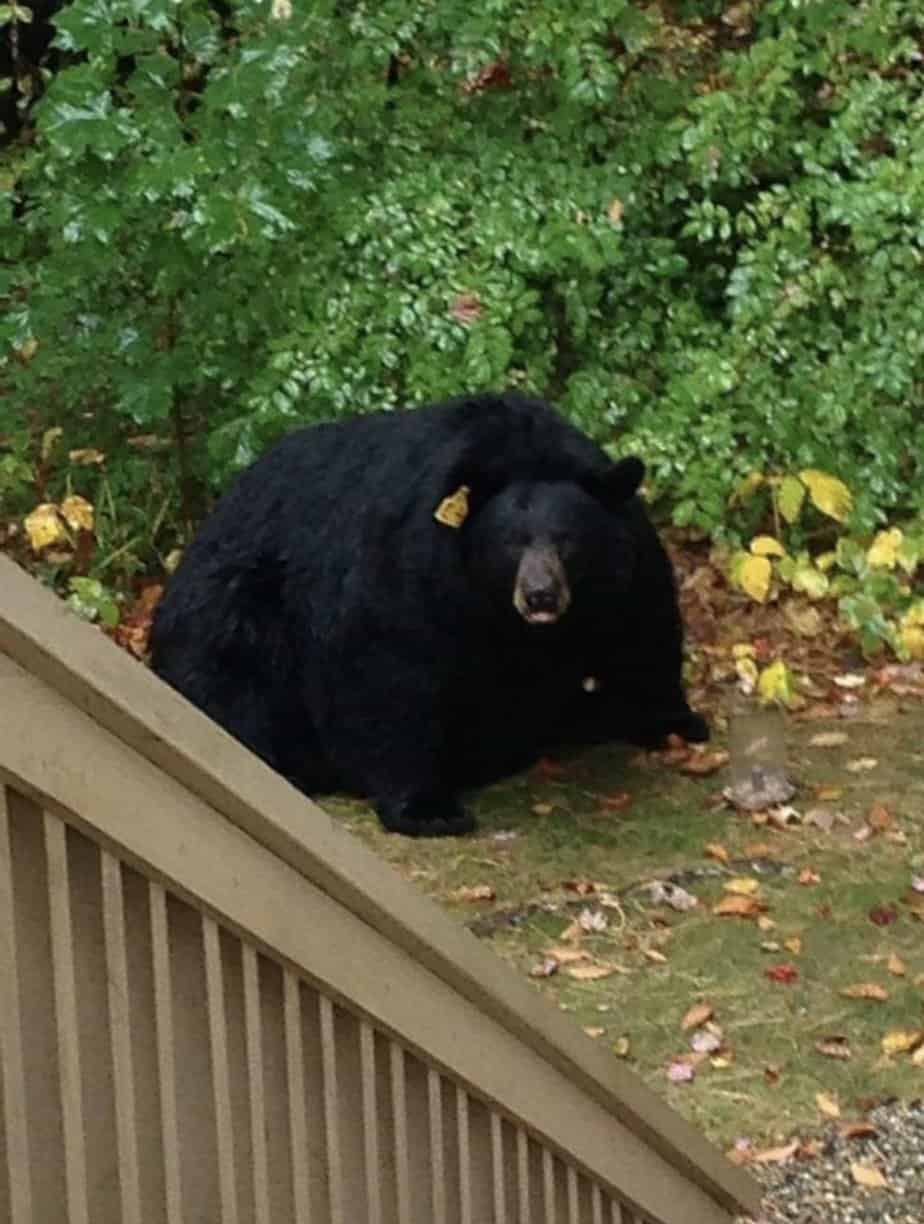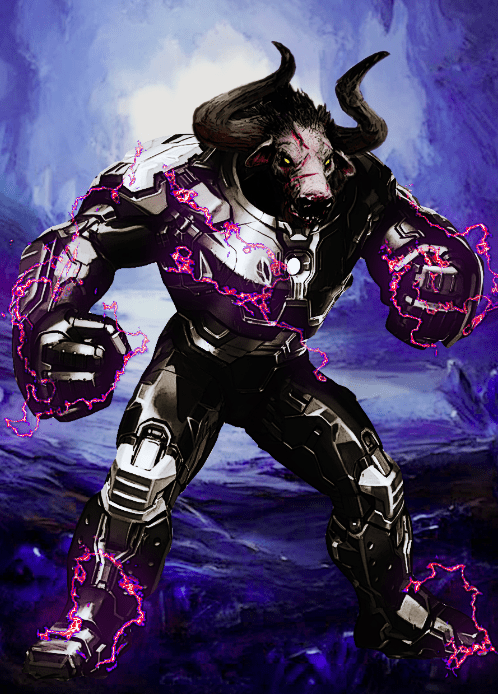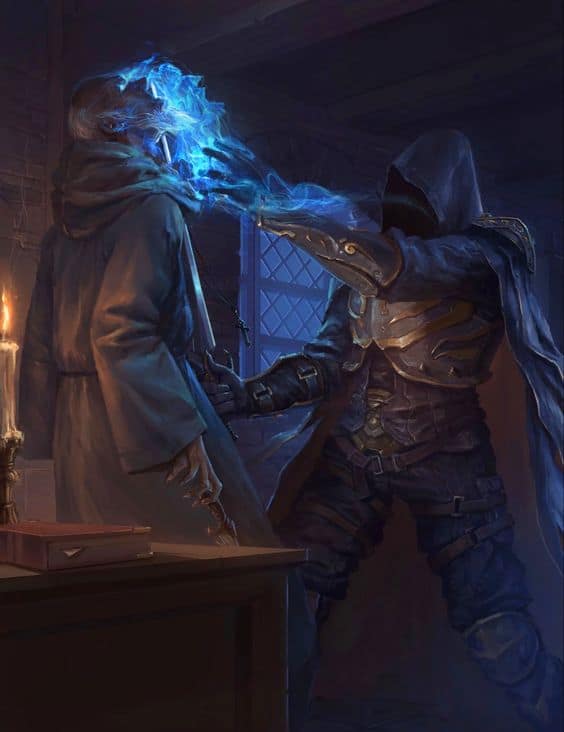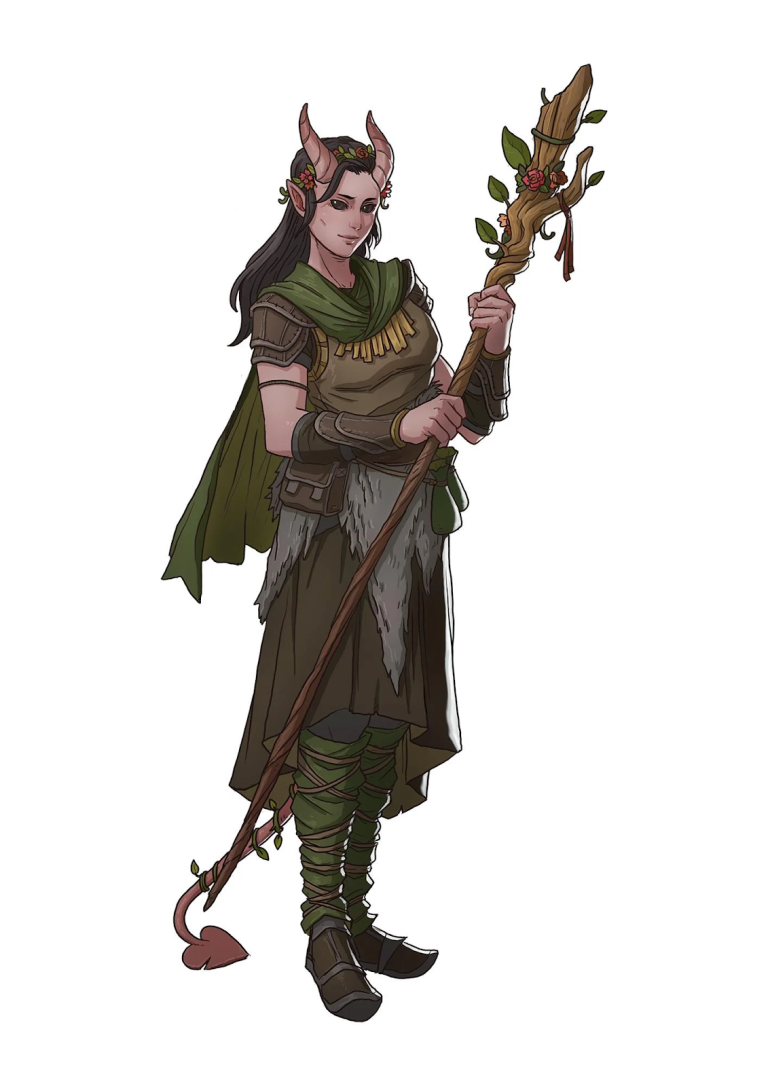D&D 5e: Circle of the Moon Druid Guide

D&D 5e: Circle of the Moon Druid Guide
Role in Party
The Circle of the Moon Druid is an infamous and exceedingly destructive druid subclass. Dungeon Masters have been repeatedly flabbergasted by the horrors this subclass can unleash, and party members of these druids often feel obsolete. Move over, Bladesinger; there’s a new gish in town, and they’re overpowered to the point of absurdity. New players might see that the Moon Druid has the best wild shapes and think “Ooh! I wanna be a bear!” and accidentally become an abomination that kills everything
The Moon Druid scales strangely; their health and damage are immense at low levels, but the damage barely increases as they level up and spells become stronger in comparison to Wild Shape attacks, then at incredibly high levels the Moon Druid becomes absurdly powerful again when they can mix Wild Shape and spellcasting.
If for some reason you are interested in playing a Moon Druid knowing that it’s completely broken, your role in the party will be to turn into a bear and kill everyone at low levels, then at high levels, you will just be an incredibly tanky full caster.
Epic
Good
Meh
Bad
The Circle of the Moon Druid subclass is found in the Player’s Handbook. Click here to pick up your own copy of the Player’s Handbook!
Circle of the Moon Druid Features
Combat Wild Shape
When you choose this circle at 2nd level, you gain the ability to use Wild Shape on your turn as a bonus action, rather than as an action.
Additionally, while you are transformed by Wild Shape, you can use a bonus action to expend one spell slot to regain 1d8 hit points per level of the spell slot expended.
You know what? Moon druid is immensely powerful at level 2, but this on its own isn’t broken. It just turns Wild Shape into a good feature, since you can cast a spell, turn into an elk, then absorb some damage without dipping into your actual hit points. If you don’t revert early, you can revert as a bonus action on your next turn and cast another spell. Not bad! Also, the bonus action healing will probably never be used; you have more than enough hit points already, and if you don’t, you will want to save those spell slots for spells that you can use to take out the enemy.
Circle Forms
The rites of your circle grant you the ability to transform into more dangerous animal forms. Starting at 2nd level, you can use your Wild Shape to transform into a beast with a challenge rating as high as 1. You ignore the Max. CR column of the Beast Shapes table, but must abide by the other limitations there.
Starting at 6th level, you can transform into a beast with a challenge rating as high as your druid level divided by 3, rounded down.
Here are examples of CR 1 creatures:
1) The Brown Bear, which has 34 hit points, 40 feet of speed, and two attacks a round that have +6 to hit and deal 8.5 average damage and 11 average damage on a hit respectively for a total of 19.5 damage, not counting the chance of a critical.
2) The Deinonychus has 26 hit points, less than the Brown Bear, but they get three attacks with +4 to hit that each deal 6.5 average damage on a hit; but if they move 20 feet in a straight line, hit with a claw attack, and the enemy fails a strength save, they get the fourth attack that deals 6.5 damage, and can make all subsequent attacks with advantage by knocking the enemy prone. That’s 26 damage if all these attacks hit!
The damage of the brown bear isn’t just higher than the best possible fighters and barbarians and rogues, but it’s also vastly tankier, and it’s all on top of a decent full caster chassis. With one short rest, that’s a potential of 136 more hit points per day, and that’s not enough for you, just take another short rest to hit 204 hit points.
Optimized custom lineage fighters will feel pathetic compared to you. Normal longsword and shield fighters will feel like they don’t exist at all. Circle Forms is the most powerful level 2 feature in the game, period.
The thing is, this barely scales as you level: a CR 2 creature isn’t much better than a CR 1 one, and the fighters are loading up on feats and extra attack and maybe multiclassing by the time you hit CR 3 and 4 creatures.
By the time you reach level 18 and unlock the almighty CR 6 Mammoth, your damage is a joke compared to an optimized damage build; however, you can cast spells in wild shape now, so with one short rest you now have 504 extra hit points you can use to protect your druid’s real body as you unleash horrible spells on your foes.
At level 20, you have unlimited Wild Shapes, so nothing can kill you if it deals less than 126 damage a round. The Tarrasque does about 148 damage if it hits with every single attack. That’s what it takes to even dip into your real hit points.
Because this is so absurdly broken at both low and high levels, this is one of the few features to get both an Epic and Bad ranking. Epic because of raw power, but Bad because it might destroy your campaign.

Primal Strike
Starting at 6th level, your attacks in beast form count as magical for the purpose of overcoming resistance and immunity to nonmagical attacks and damage.
Ensures that you can still deal damage to any creature while transformed into a bear. Necessary to fight some creatures.
Elemental Wild Shape
At 10th level, you can expend two uses of Wild Shape at the same time to transform into an air elemental, an earth elemental, a fire elemental, or a water elemental.
The damage is probably about as much as a CR 3 creature, and the health is a bit higher, so it’s not going to make your wild shape great again. The extra versatility is nice though, and elementals are resistant to nonmagical B/P/S damage.
Thousand Forms
By 14th level, you have learned to use magic to alter your physical form in more subtle ways. You can cast the Alter Self spell at will.
Alter Self is just a sidegrade of Disguise Self that also has the option of giving yourself water breathing and a swim speed, or some useless appendages. This isn’t very helpful for you unless you need to convincingly disguise yourself as other people on a daily basis.
Strengths
You are unkillable, and at low levels, you have phenomenal damage. At your lowest points, which are about from levels 9-17, you are “merely” an almighty spellcaster with powerful primordial magic.
Weaknesses
Your wild shape damage sucks at some levels, but honestly, that’s it.
Best Race Options
You keep features from your race while wild shaped if the new form is physically capable of using them; this is very vague so talk to your dungeon master about this since some features like the Hill Dwarf’s Dwarven Toughness are ambiguously dependent on their physical form.
Bugbears have Surprise Attack. What if we wild shaped before combat and then added 2d6 to each of the Deinonychus’s four attacks? Yep, 8d6+4d8+8 (54 average if they all hit) damage at level 2 seems balanced to me.
If you’re paranoid that something magical like a Dominate Person will incapacitate you, go Satyr for advantage on saving throws against all spells.
If we’re going Moon Druid, we might as well minmax and go Variant Human or Custom Lineage. Gain a free feat, woohoo!
Choosing the Right Skills
Perception proficiency is the most important skill, so grab it.
Your proficiencies are all kept while wild shaped, so taking Athletics lets you transform into a superb grappler or physical activity expert.
You became the animal, so you understand the animal; you likely want Animal Handling and Nature proficiency.
As a full spellcaster, Arcana proficiency makes sense.
Fitting Feats
War Caster is excellent for maintaining concentration, and it can be used even while wild shaped. Cast a spell, turn into a bear, and go nuts while benefitting from the spell.
Lucky will protect you from saving throw effects that might incapacitate or do some other horrible thing to you; hit points are basically unlimited for you, so covering the only other things that can hurt you is a good idea.
You know what? You’re already ridiculously powerful. Take Chef, because why not? It’s a half feat that boosts wisdom and the idea of a bear cooking delicious treats is funny.
Optimal Backgrounds
Powergaming time; let’s stack Moon Druid with Prismari Initiate to expand our spell list and get a free feat.
What if you were a Moon Druid… from the moon itself? Far Traveler would be appropriate then.
Outlander is a typical druid background, and it justifies seeing a huge variety of beasts in your backstory that you know about and can wild shape into.
Multiclassing Options
You can rage in Wild Shape, so some Barbarian levels will enhance your durability and moderately increase your damage output. You do lose spellcasting progression and access to the capstone, so it may not be worth it in the long run, but it’s a solid way to keep wild shape relevant.
One level of Peace Cleric at mid to high levels lets you buff the whole party and yourself with a long-lasting bootleg Bless.
A level of Aberrant Mind Sorcerer gives you Shield and telepathy (bears can’t talk, silly) while maintaining full caster spell slot progression. Perfect for communication and defending yourself while not wild shaped, and you learn some other handy spells.
Would I recommend playing a Circle of the Moon Druid?
This subclass is utterly deranged; it is a stain upon the Player’s Handbook, and responsible for so many ruined Lost Mines of Phandelver games. New players know not of the unfathomable horrors they will unleash by playing a Moon Druid!
Maybe if you’re at an insanely optimized table or playing in a one-shot adventure, you can get away with a Moon Druid. I don’t recommend playing it in a long-term campaign unless you know the table extremely well and are confident that they’ll be fine with it. You will overshadow allies, trivialize combats, make your DM throw themselves out the window, and make everyone less happy.
Although I have to admit, it is incredibly cool to turn into a bear and maul people to death. Yeah, definitely bring a Moon Druid to a one-shot someday.








